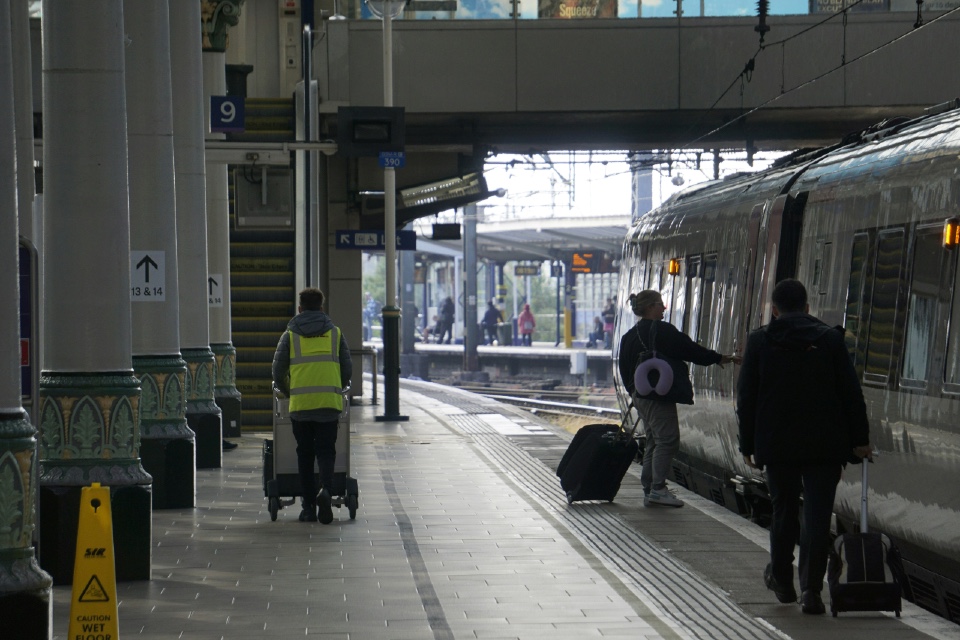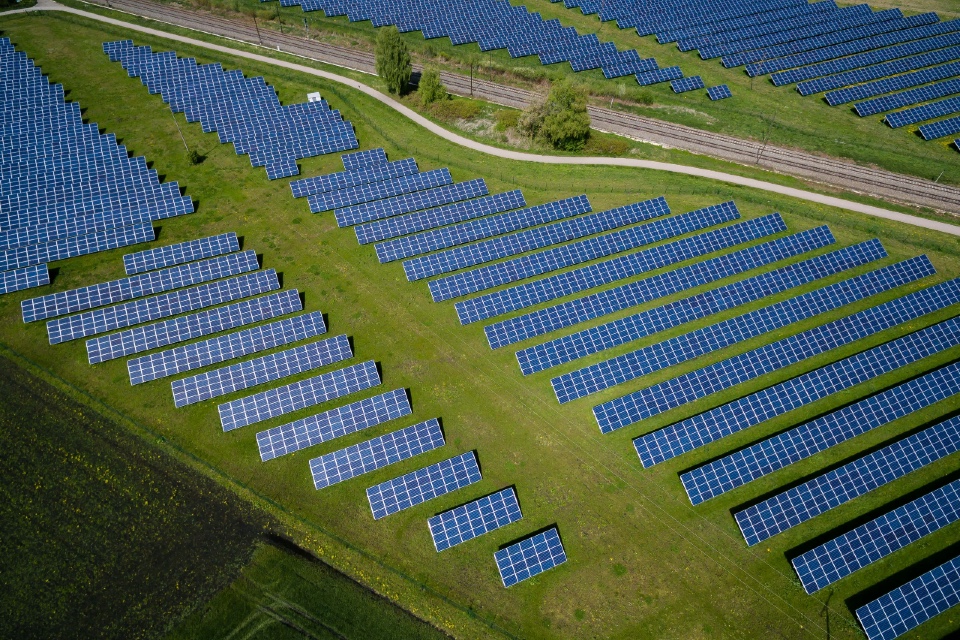Rail is recognised as a more sustainable transport method than flying and, in many cases, travelling by road. The industry uses 80% less energy than trucks per ton of freight carried, and holds a four-to-one advantage over cars when it comes to emissions intensity.
Consumers are recognising the benefits of rail travel when it comes to sustainability; in fact, over half would support increasing air taxes if the money were invested into efficient and sustainable high-speed rail programmes.
With research showing that sustainability is one of the four top concerns for half of UK purchasers, investing in green operations could hold the key to a competitive advantage, as well as supporting the nation’s net zero goals.
Shifting to electric trains will dramatically improve train operators’ sustainability credentials, but it’s not something that can be achieved overnight. Currently, only 38% of the rail network is electric. Here, Instarmac, provider of rail refurbishment solutions, covers the ways rail providers can aid in the fight against climate change.
Boosting driver efficiency
While rail companies across the country are currently undergoing the switch to electric fleets, there are a number of ways they can reduce emissions on existing diesel trains. Driving and operating trains in a more efficient manner can help, in the same way that driving road vehicles can.
Incentivising your drivers to drive more efficiently could reduce energy usage by around 10%, according to BCG. Drivers can increase their efficiency in a number of ways:
- Accelerating efficiently: by taking their foot off the accelerator sooner when slowing down or travelling downhill, drivers can activate the fuel cut-off switch, which reduces fuel flow.
- Turn the engine off while idling: even turning the engine off for a short period at each stop, as passengers disembark and join the train, can save on fuel. Add this up over the course of long journeys for big fuel savings.
- Skip gears where possible: cycling through each gear can use unnecessary fuel. Where possible, when accelerating quickly, drivers can skip a gear to accelerate faster and reduce fuel wastage.
Improving technology beyond fuel
Over-acceleration and speed are known fuel-guzzlers. But inefficient brakes can also harm the environment. Regenerative braking is a recent technology that allows braking to generate energy instead of waste it.
Previously, trains largely used dynamic breaking, which converted the kinetic energy of the train into waste heat. But with regenerative braking, the electric motor current is reversed, meaning the energy generated can be used to power trains.
Similarly, internet of things (IoT) devices can be used to automatically lower the power in carriages when the train is idle, removing the need for the driver to manually do this.
Offering customer perks
Many passengers will choose rail travel because it’s faster or more sustainable, which helps the planet overall. But for those who need more convincing, offering perks can help persuade them to opt for rail travel – reducing their own emissions in the process.
Many operators offer free Wi-Fi as standard now, whereas previously it was an additional paid-for commodity. This means passengers can enjoy their favourite entertainment at no extra cost.
Some operators are offering pre-ordered food service so customers can beat the rush and enjoy food delivered to their seat. Loyalty schemes that offer cashback or monetary rewards for purchasing train tickets are another great way to encourage customers to choose rail.
Offsetting carbon emissions
Even as greener fuel methods emerge, rail operators will still contribute to carbon emissions. After implementing all other initiatives, the rail industry can offset the remaining CO2 output by contributing to good causes that capture carbon from the atmosphere.
Network Rail is supporting a £1 million scheme that will see over 80,000 new trees planted to help offset the rail sector’s emissions. Rail companies can contribute to similar schemes by purchasing “carbon credits” from initiatives like Carbon Neutral Britain, which will be used to fund sustainable projects aimed at capturing CO2.
If you purchase carbon credits based on your trains’ emissions, you can neutralise their output. This allows rail companies to make up for inevitable emissions produced throughout their daily operations. Carbon credits are then used to finance sustainable projects that deliver equal carbon savings and help the environment. These can be anything from promoting renewable energy schemes in developing countries to supporting tree-planting and forest preservation initiatives.
The most effective way rail transport providers will improve their sustainability is to electrify their networks. But that’s not the only way they can aid in the fight against climate change. By working to make rail more attractive as a mode of transport for consumers, investing in technologies that will improve the efficiency and output of trains, incentivising drivers to be more efficient in their operations and offsetting any remaining emissions, train operators can make themselves carbon neutral – or even carbon negative!




